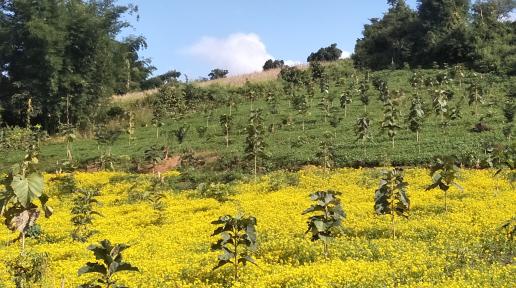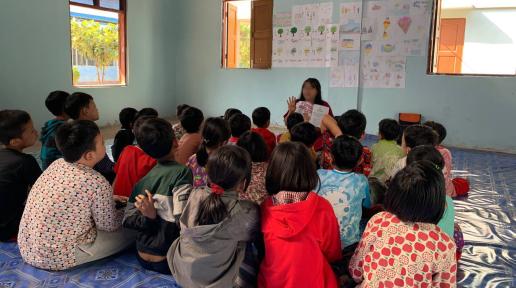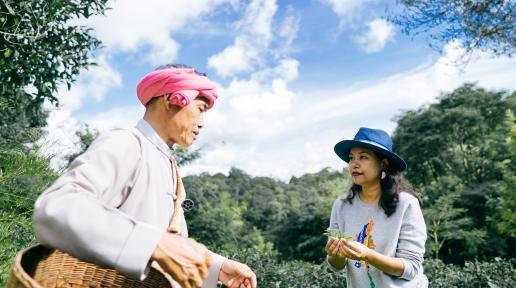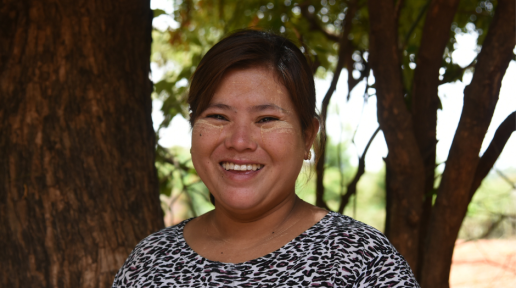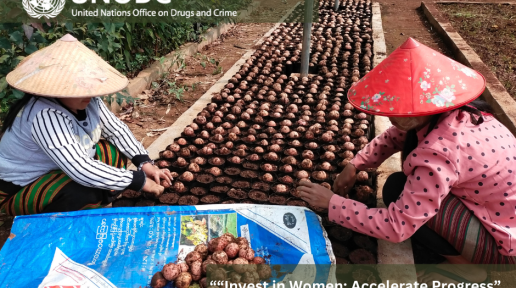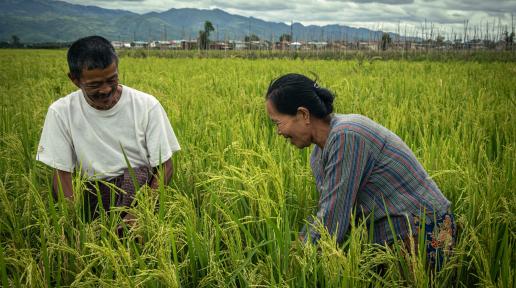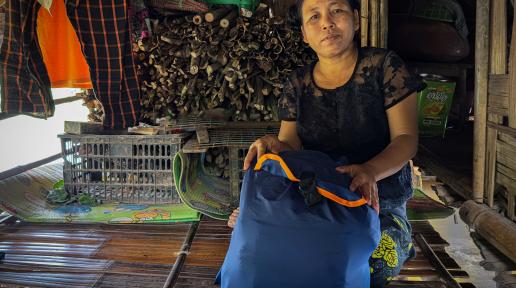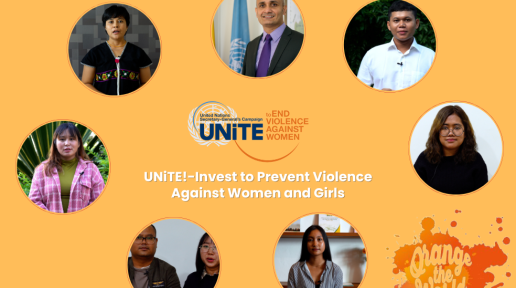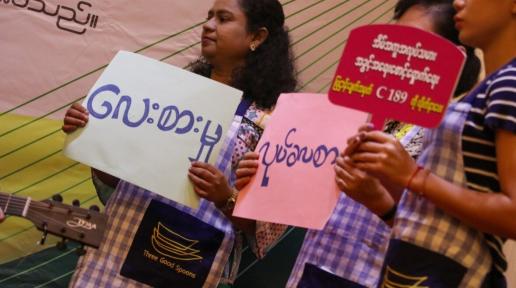Story
07 February 2025
Six Things to Watch in Myanmar in 2025
As 2025 begins, Myanmar enters its fourth year of intensifying conflict, with little sign of respite ahead. A staggering 19.9 million people—approximately 35 per cent of the country’s total population—are in dire need of humanitarian assistance. This includes 6.4 million children, representing one-third of Myanmar’s child population. This immense scale of need underscores the devastating toll on children and civilians and signals a grave threat to Myanmar’s future stability and development, as an entire generation faces the risk of being left behind.Here are six critical issues to watch in Myanmar in 2025: 1. The education crisis: A generation at riskNearly 5 million children in Myanmar are currently missing out on an education due to conflict, insecurity, displacement, and disruptions to critical services. With learning opportunities dwindling, children face increased risks of forced recruitment by conflict parties, early or forced marriage, child labour, and other grave rights violations. If this trend persists through 2025, an entire generation risks being lost, with devastating consequences for Myanmar’s future stability and development. 2. Immunization under threat: A race against timeMyanmar has one of the largest populations of “zero-dose” children in the world, with over 1 million missing vital immunizations to protect against deadly diseases. The near-collapse of the health system—due to the combined impact of conflict, COVID-19, and the mass exodus of healthcare workers—has left children, especially in remote areas, vulnerable to vaccine-preventable illnesses. While 2024 saw some progress in catch-up immunization campaigns, escalating conflict could reverse these gains and worsen the situation, including putting Myanmar’s five neighbouring countries at risk of outbreaks. Ensuring safe access for health workers and securing timely funding will be critical to protecting children in 2025.3. Worsening malnutrition: A silent emergencyThe ongoing conflict, rising food prices, disrupted livelihoods, and extreme weather events have created a nutrition crisis in Myanmar. Over 500,000 children are facing acute malnutrition this year, with many at grave risk without urgent support. High inflation and dwindling food cultivation, worsened by weather disasters like Typhoon Yagi in 2024 and annual monsoon floods, have left families unable to provide sufficient and nutritious food for their children. Without immediate intervention, the long-term health and development of countless children hang in the balance. 4. Landmines: A deadly legacy of brutal conflictMyanmar has become the world’s most dangerous country for landmine casualties,[1] with over 1,000 civilian deaths and injuries in 2023. Children are disproportionately affected, with at least 250 killed or maimed by landmines and explosive remnants of war between January and September 2024 alone—the highest toll globally. Nearly all states and regions are now contaminated, turning homes, fields, and playgrounds into deadly zones. With no demining efforts underway, the use of landmines will continue to leave children scarred for life, robbing them of their safety, childhood, and future. Additionally, the widespread contamination threatens agricultural livelihoods and land cultivation, compounding the long-term economic and food security challenges for families and communities. 5. Potential elections amid chaosThe possibility of elections in 2025—the first since the 2021 military takeover—could mark a decisive moment for Myanmar. However, the widespread conflict, record displacement of over 3.5 million people, competing claims of territorial control by different groups, and differing perspectives among stakeholders creates a highly complex and uncertain environment. Disputes before, during, or after the polls could further escalate an already devastating conflict, deepening the humanitarian crisis and worsening the plight of civilians. 6. Recurrent flooding and escalating threat of disease outbreaksRecurrent weather disasters, including Cyclone Mocha in 2023 and Typhoon Yagi in 2024, and annual monsoon floods, have severely damaged water systems in Myanmar, leaving families—particularly in displacement sites and underserved communities—relying on open or contaminated water sources. This has contributed to outbreaks of waterborne diseases such as cholera and acute watery diarrhea, with densely populated areas like Yangon and remote regions like Rakhine severely affected in 2024. The conflict has further damaged critical water infrastructure, while rising poverty and depleted resources leave families unable to afford hygiene and sanitation supplies. Families, especially in overcrowded areas, face heightened risks due to unsafe water and poor sanitation. Without urgent efforts to restore water systems, improve sanitation, and provide life-saving hygiene supplies, the accumulated impact will continue to fuel disease outbreaks, endangering lives and worsening Myanmar’s humanitarian crisis.A call for urgent and sustained actionAs Myanmar faces a year of unprecedented challenges, the stakes for children and civilians could not be higher. International and regional actors must prioritize humanitarian access, protection of civilians, and long-term solutions to break the cycle of violence and crisis. Timely, sufficient, and flexible funding is critical to ensure life-saving humanitarian action reaches the most vulnerable, and global and regional leaders must prioritize helping Myanmar find a solution to the current situation. There is a path out of this crisis. But the window of opportunity is rapidly closing for Myanmar’s worst-affected children and families. Without immediate and sustained efforts, the consequences will be catastrophic—not just for Myanmar’s children today, but for the country’s future for generations to come.[1] Landmine Monitor 2024: https://www.the-monitor.org/reports/landmine-monitor *This story was originally published on the UNICEF Myanmar platform., filtered_html



